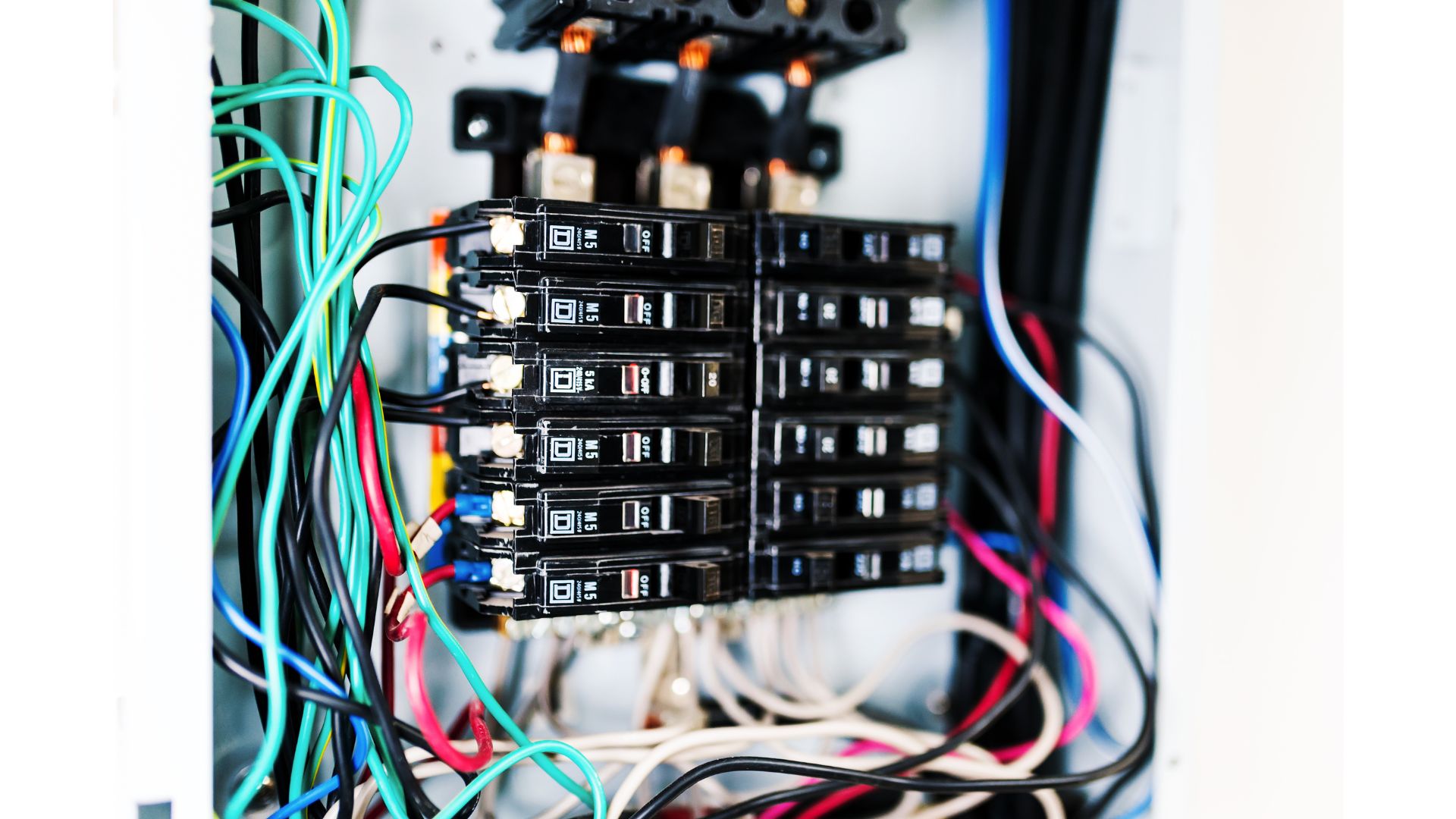Breakers are not invincible. Eventually, they will fail. The devices will manifest various signs to let you know, including:
- They will trip incessantly even when the appliance you’re running uses less power than the breaker’s rating.
- You will notice burn marks and a burning smell originating from the panel.
- The wires will overheat routinely because the breaker can’t protect them.
- The breaker will get stuck. Once it trips, the device will refuse to reset.
- New bulbs will burn out repeatedly and unexpectedly.
- You will observe physical signs of damage on the breaker.
Failure is inevitable. A study in the Journal of Electrical Engineering and Technology found that low-voltage breakers had a lifespan of 19 – 23 years. The research team in question tested several breakers before reaching that conclusion.
A thesis from Zarko Djekic (Texas A&M University) was more optimistic, giving breakers a lifespan of 40 years. However, if you just moved into a new house, you don’t know how long they’ve had their breakers. Therefore, you can’t trust these safety devices to serve you for the full 19 to 40 years.
And when they inevitably fail.
You have the option of replacing them without killing the power. But I suggest you de-energize the circuit before performing electrical work Replacing the breaker without turning the power off will cost you more money in the long run. And if your employee comes to harm because you told them to change the breaker without killing the power, they may hold you liable.
However, it is worth noting that some people don’t have a choice in the matter. Certain factors will compel them to change the breaker without turning off the power, including the following:
1). Main Breaker Is At Fault
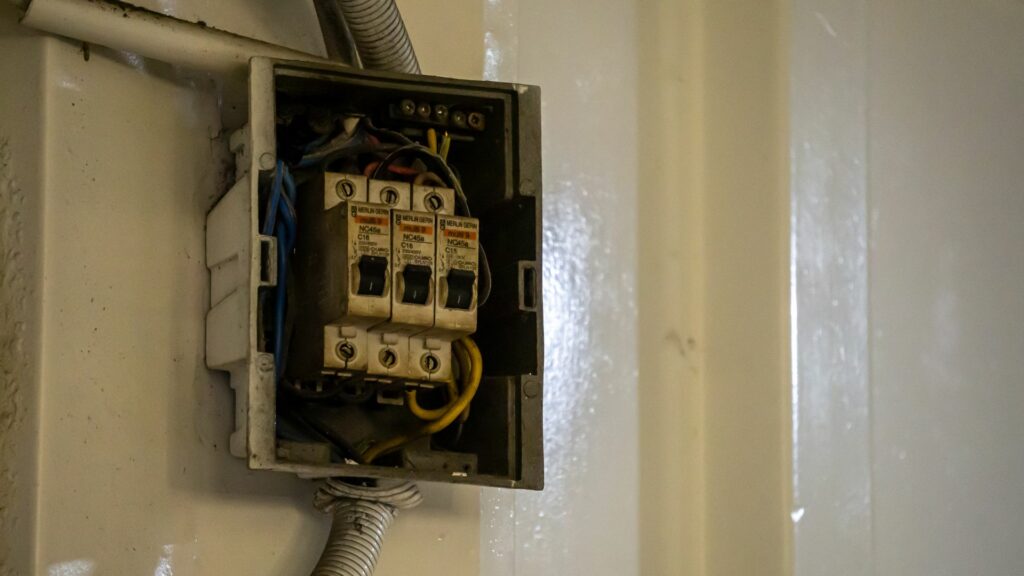
You make a circuit breaker installment safe by using the main breaker to cut the power. But what if the main breaker is at fault? What if you need to replace the main breaker? How do you cut the power?
You don’t. Electricity from the grid reaches your home via two utility cables that connect to the service panel. You can’t de-energize those lines. You must call the power company to shut the power off.
This is the only option. Some service providers will also replace the main breaker. They prohibit consumers from tampering with this device. An emergency can compel you to perform work on a hot main breaker because you can’t wait for the utility provider to shut the power off.
2). No Main Power Shut Off
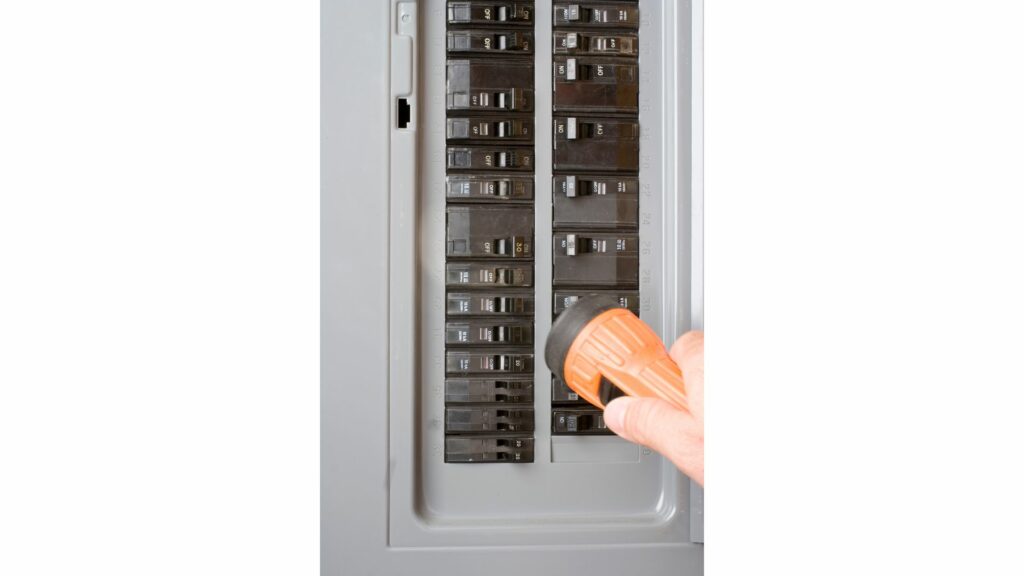
A situation where you wanted to cut the power but couldn’t find the main breaker. If you encounter a similar situation and can’t wait for a contractor to arrive because of an emergency, you must replace the breaker without killing the power.
But this shouldn’t be your first option. Most of the time, the main breaker in such situations is not missing. The individuals in question have simply failed to find it. If you live in an apartment in a building, you probably have one main switch that controls the whole building. You can also check the electric meter outside.
3). Breaker Won’t Shut Off
What if you’ve tried to kill the power, but it won’t work? You keep flipping the switch, but every test you perform shows that you have a current running through the circuit. Ask-the-electrician blames this issue on a defective breaker or the circuit is de-energized, but a second source is sending power to the energized wire.
In other words, the power is technically off, but you have a current flowing to a specific line. Common sense will tell you to consult an electrician. But again, if you have an emergency, your only option is to change the defective breaker without turning off the power.
How Do You Change Breaker Without Turning Off The Main?
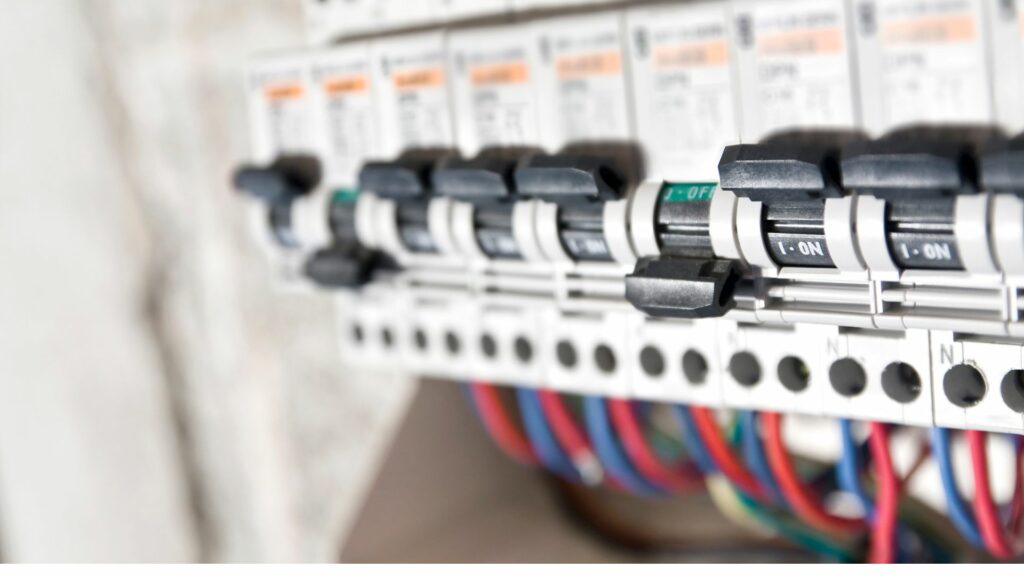
The process won’t change. If you’ve replaced other breakers, you can follow the same steps here. They include the following:
- Remove the panel’s cover. Sometimes this means removing screws.
- Switch the defective breaker’s switch to the off position.
- Pull the defective breaker out. You can achieve this objective by pivoting the breaker outward. It will snap out of the slot.
- Use a screwdriver to disconnect the wires.
- Attach the old wires to the new breaker.
- Push the breaker into the slot. Apply some pressure until you hear a click.
- Don’t make a mess. Tuck the wires into the empty spaces.
- Determine whether the previous signs of trouble have disappeared. For instance, is the breaker tripping incessantly? Are the bulbs burning out? If these issues persist, either you made a mistake during the installation process, or the problem lies elsewhere.
As you can see, nothing of significance will change. However, you should take obvious precautions:
- Leave this job to a professional. An expert has experience working with live circuits.
- Some electricians stand to the side of the panel.
- Don’t touch the metal bus bar connected to the breaker. Use the inner central section to hold the breaker as you snap it free.
- Remove the black wires and fold them away. You can also cover the ends with tape or a wire nut.
- Don’t allow bare conductors to touch unprotected parts of you.
- Don’t touch two wires simultaneously or one wire and a ground.
- Use insulated tools.
Can I Change Breaker Myself?
It depends on where you live. The Queensland government wants citizens to use a licensed electrician for all their electrical work. And if you don’t, safety inspectors will prosecute you after investigating the work you did. You may pay as much as $40,000 for doing unlicensed work.
Other regions are less strict. They allow unlicensed individuals to perform simple electrical tasks. But you need a permit of some sort to work on a live circuit. Even if the local authorities permit this practice, don’t replace your breaker unless you have the relevant experience and technical knowledge.
If the house burns down or you sustain injuries, don’t expect your insurer to help you. They will hold you personally liable for everything that went wrong because you sustained the injuries while performing tasks you should have left to an expert.
Safety Tips To Change Breaker
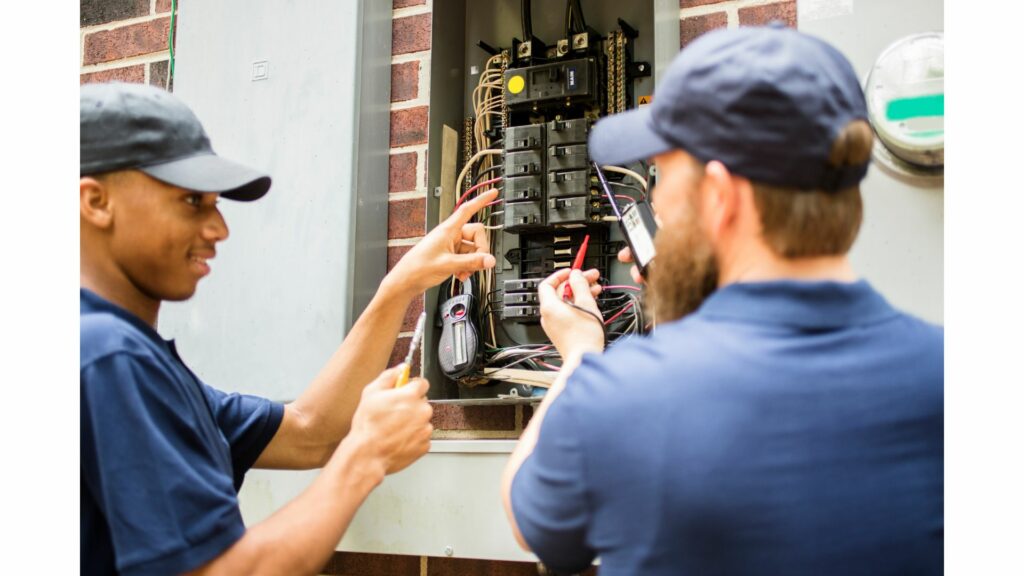
- Make sure the new breaker is the correct type, brand, and size. Otherwise, you will repeat the installation process once the new breaker fails. The more installations you do on a live circuit, the higher the chances of things going wrong.
- Don’t touch any metallic parts. Touch the inner center of the breaker when you pull it out.
- Cap the exposed ends with a wire nut or electrical tape.
- Where safety tools are concerned, wearing safety goggles and rubber gloves is not enough. You need an insulated mat, flashlight, screwdriver, and wire strippers, to mention but a few.
- Remove all distractions. That includes unskilled individuals in the area that keep talking to you.
- Keep at least one skilled individual around to help you if things go wrong.
- Take your time. Do not rush.
Related post:

